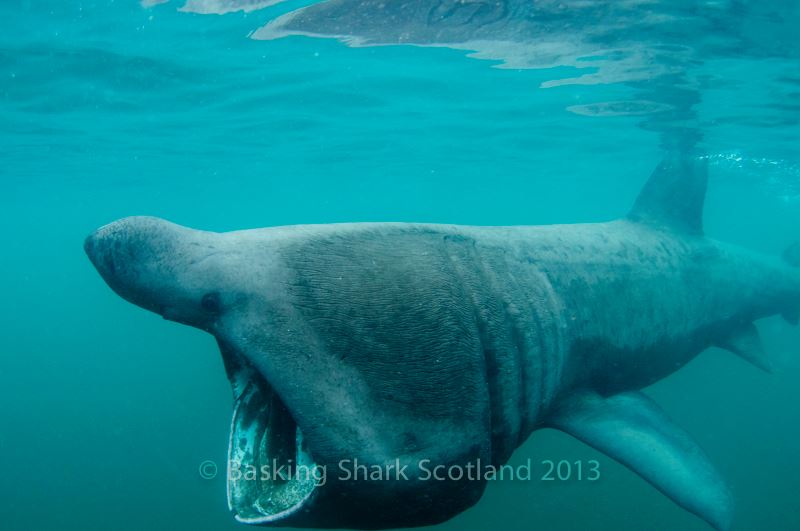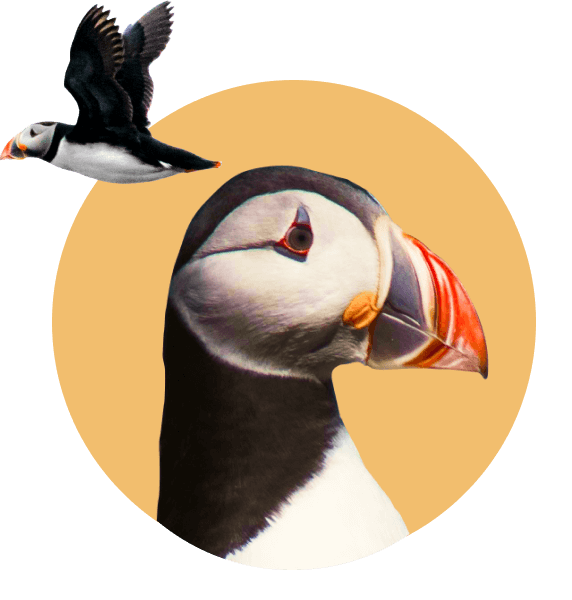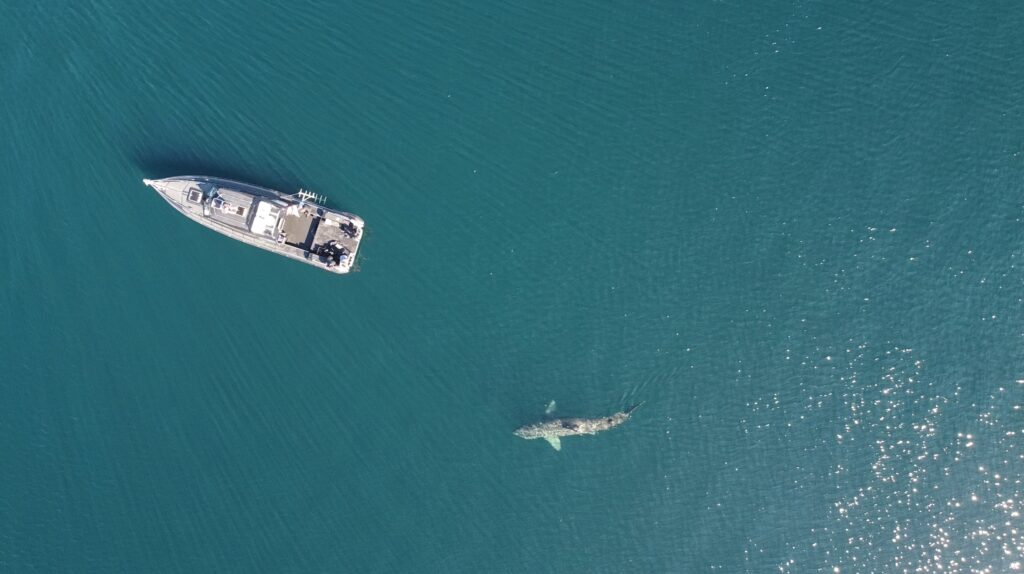
What is the best time to see basking sharks?
Sep 29 2023

Basking sharks generally don’t stay in our waters all year round and migrate off to the sub-tropics during winter. Read more about that here in our other blog, where do basking sharks go in the winter!
In early spring we start to see basking sharks getting sighted around the UK/Irish coastlines as they move towards inshore waters and be present for longer at the surface. One thing to always remember, just because you don’t see a basking shark at any given place & time, doesn’t mean they aren’t there. Basking sharks spend 90% of their time underwater and not at the surface, have a read about their feeding strategy here and what factors influence them being present at the surface.
Basking sharks are heavily influenced by their zooplankton food, so it’s the old saying is true, find the food and find the fish. So why do basking sharks appear in spring, well it’s all to do with the food. During Spring, water temperature increases, sun hours and daylight increases and nutrients are highly available in the water. Like terrestrial plants coming to life in Spring, the ocean is no different and plankton starts to bloom. So you’ll not be surprised that basking sharks being planktivoires (eating plankton) also appear when the plankton appears!
In the Hebrides, there earliest sighting we have had was on 6th April, whilst the water was still only 8deg, generally that is very early for such a northerly location. However we had an early spring plankton bloom and the conditions all came together with lots of food available. However traditionally that would be more towards mid-late May. Spring time can be variable for basking sharks as the conditions for the Spring plankton bloom is also more variable compared to Summer.
So what is the best time to see basking sharks?
Our quick answer would be that summer is traditionally the best time for more consistent basking shark sightings. This is due to conditions being fully optimal for zooplankton (i.e there is lots of food around) and it’s also when we see the most mating behaviors. However during Spring we can have just as good if not better sightings than summer when basking sharks aggregate. It’s more that this time isn’t as consistent as summer – in other words you need a bit more luck in Spring.
In the Hebrides, basking sharks presence is based on both the abundant food supply of zooplankton but also when they gather together to beed. This gathering is less effected by zooplankton variability so means that the summer months they are more consistently sighted.
They are a very difficult animal to predict on a daily basis so having the most amount of time to dedicate to searching gives the best chances of success. This is why our tours and expeditions are all multi-day tours. We reserve any one day tours for private groups that are willing to chance the odds and recommend that they have some other things built in to their itinerary also.
During the spring we run a 5 day tour from Oban or 7 day tour from Isle of Barra, the summer we have 3,4 and 7 day tours from the Isle of Coll. See our range of tours here.
Can you see basking sharks from land?
The short answer is yes you can see basking sharks from land. However the chances of doing so are very small unless you are in the right place at the right time. For all of the reasons listed above the sharks presence on the surface is determined by a large amount of variables so being located at one fixed point on land has much less chances that being able to search the ocean via boat. We wouldn’t recommend this as a strategy to try and find them specifically as a single species. However if you are going on an outing casually looking for all wildlife and open to looking for many different species then you might get lucky.
For any shore location, the best advice is to be as high as possible to give yourself the best vantage point and view of the coastline. You’ll need good quality binoculars or a spotting scope as basking sharks can be anywhere from a few metres from shore, to many miles offshore. Basking sharks are often mistaken for other animals, such as whales, dolphins and seals. Try to look a large triangular dorsal fin moving in a linear pattern and often with a swishing tail behind. If it’s calm you also may see it’s nose sticking out the water. Dorsal fins that follow a rounded/circular surface pattern are more likely to be whales, dolphins or porpoises coming up to breath and a static triangular shapes are usually seals the are sleeping with their noses out of the water.





